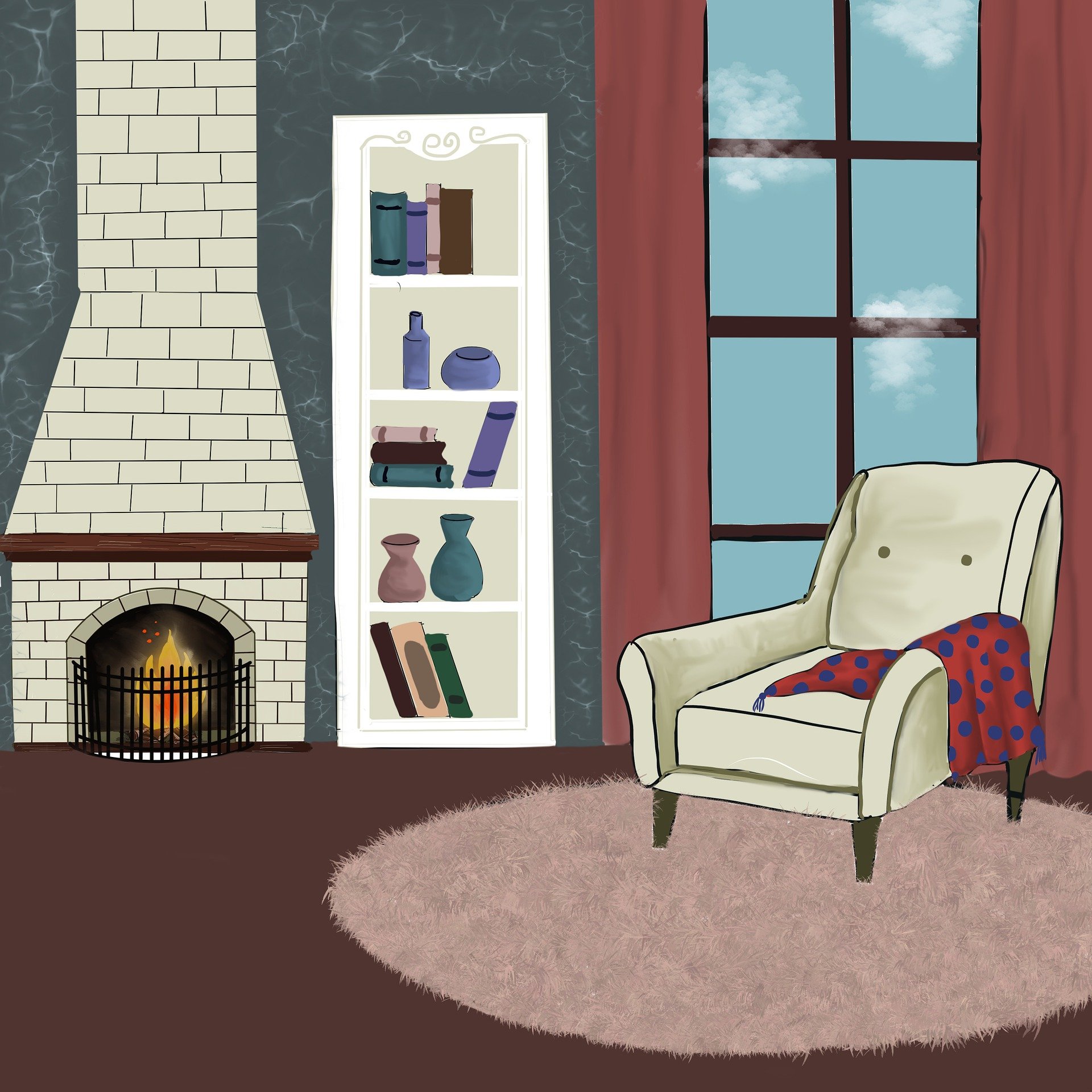Dr Adrian Hayter is the National Clinical Director for older people and integrated person-centred care at NHS England, and also works as a GP in Greater London. He tweets at @Dochayter.
This is the eighth blog in the BGS’s ‘Timely Discharge’ series. We aim to raise awareness of the detrimental effects on older people of being stuck in hospital when they are 'medically fit for discharge'. Our blog series explores the causes of delayed discharges, the knock-on effects to the wider health and social care system, and what needs to change.
As a clinician working with older people, I know, as I’m sure do you and other members of the BGS, that people want to recover at home after an acute admission wherever possible and want to be supported to live independently for longer. The Home First Hospital Discharge and Community Support Policy (Discharge to assess), whose implementation was accelerated due to the COVID-19 pandemic, has meant that more people are able return to home sooner after being in hospital, whether they live in their own home or a residential care home.
My colleagues across the NHS and social care, as well as those from other sectors, such as housing and voluntary sectors, are supporting people to recover at home wherever possible. Additional government funding has been made available for the remainder of this financial year to support local health and care systems to implement this model of care. This will continue to ensure more people can have their care and support needs assessed and delivered in their own home, or wherever they call home.
They are some great examples of where local teams are improving outcomes for people, applying the principles of personalised care, including this example from North East Essex on collaboration and redesign to support hospital discharge.
However we know that this is not happening as optimally as we would want for our patients in all parts of the country. This is largely due to the many pressures currently facing the health and social care sectors. Prior to the pandemic, nearly 350,000 patients a year spent more than 3 weeks in acute hospitals. Yet we know it is much better for the physical and mental wellbeing of older people for them to leave hospital as soon as they are medically fit. That is why it is so important we all do what we can and work together across health and social care systems to enable our patients to recover at home. As healthcare and social care professionals, there are a number of things we can all do. The Where best next? campaign set out five principles to help you support your patients. These include:
- Plan for discharge from the start
- Involve patients and their families in discharge decisions
- Establish systems and processes for frail people
- Embed multidisciplinary team reviews
- Encourage a supported ‘Home First’ approach
I have seen how, when someone is discharged home from hospital, the assessment of their longer term needs can really take into account the context of that individual’s life and offer choice for people to continue living at home and remain within their community. The Primary Health Care and Community Services teams, who often know the patient well, can support the options to continue that care or consider other longer-term options whilst in a setting which is familiar to the patient. In my area the Frimley Health and Care system integrated care decision-making teams are often a key component to coordinate this process.
The development of Urgent Community Response services supported by the implementation of virtual wards are other innovative solutions that systems are using to better support older people to receive treatment and recover at home, where an acute level of care is required and staying at home is their choice. Virtual wards are already available in many areas of the country and have been expanded as part of the NHS response to coronavirus.
Virtual wards are for people being discharged from hospital who would benefit from having their condition monitored. Through the use of technology, clinicians can continue to support patients via remote monitoring.
NHS England and NHS Improvement will shortly be publishing guidance to support teams considering implementing a frailty virtual ward with discharge planning being integral to the conversations across a patient’s stay. The Discharge to Assess model can be used to support discharge from an acute level virtual ward and virtual ward teams should follow the same guidance as acute hospital discharge teams.
If you are interested in setting up virtual wards for your patients, contact: england.communityhealthservicesorg@nhs.net
